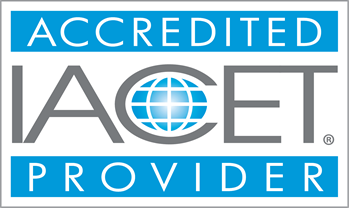Price: $69.99
Suspended Scaffold Competent Person
This course is for designated "Scaffold Competent Persons" responsible for overseeing these critical tasks. Online safety training on Suspended Scaffolding aids workers in recognizing the risks with scaffolds, and how these hazards can be minimalized by knowing the right methods to build, maintain, and practice scaffolding tools.
Course Modules - (22)
Suspended Scaffolding
Working at altitude is continually risky which makes it extremely significant to offer a safe way for employees to access their work location. Using scaffolds to access hard-to-reach areas is frequently essential for several construction activities. For particularly difficult areas the safest method may be to use a suspended scaffold.
Who should be a
competent person?
A competent person (proficient) individual appointed by the
employer, capable of recognizing foreseeable scaffold risks in the workplace
and empowered to swiftly address and eliminate them.
The competent person has several responsibilities subject to
the situation: to examine, assess, regulate, approve, supervise, depute, and
train workers. Companies may have more than one competent person at the working
location to tackle different phases of the scaffolding, as long as every individual
knows their particular roles and is well-informed about the appropriate
requirements for scaffolds.
Learning Outcomes:
- Understand safety protocols in the workplace.
- Recognize potential hazards and mitigate risks.
Completion Requirements:
- 100% appearance for the course
- Fully involvement in all class trainings (determined by instructor)
- Completion of Continuing Education and Training Registration Form
- Completion of mandatory quiz assessments
- As applicable, attainment of least passing score on required end-of-course examination
- Participation and submittal of end-of-course assessment form (must provide name on form to obtain credit)
Training Objective:
This Course is a risk recognition for scaffold users,
managers, foremen, project engineers, job site competent persons, job site
safety coordinators, and others involved in the construction business.


